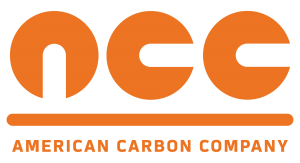The final step of energy distribution is with the local power utilities. These customers typically require specialty BADGERCONNECT Magnesium Anodes to protect and isolation corrosion on individual parts of a system. For example meters and gas risers. Small residential above and below ground storage tanks for liquid propane are also heavy users of BADGERCONNECT Magnesium Anodes.
When discussing the utility industry, a key factor that must be mentioned is how shared right of ways are affecting how we look at corrosion. With ever reducing land, more times than not pipelines and high voltage power lines need to share the same corridors. This somewhat unpredictable corrosion requires what the industry calls AC mitigation. AC mitigation refers to the process of reducing or eliminating the adverse effects of Alternating Current (AC) on metal structures, particularly pipelines and tanks, that are protected by cathodic protection (CP) systems.
Alternating current (AC) is commonly produced by electrical power lines and can interfere with CP systems. When AC electrical current flows through metal structures, it creates a fluctuating electrical potential that can disrupt the protective electrical potential created by the CP system. This can cause the anode material to corrode at an accelerated rate, reducing the life of the anode and the overall performance of the CP system.
AC mitigation involves various techniques to reduce or eliminate the impact of AC on CP systems. Some common methods include using alternating current voltage reduction devices, surge protection devices, or isolating the CP system from the AC source. The choice of mitigation method depends on the magnitude of the AC interference and the specific requirements of the structure being protected. For this type of corrosion, look no further than BADGERCORD Zinc Ribbon.
When it comes to these applications off the shelf sizes and types are often sufficient, but antiquated specifications and drawings in poorly maintained systems often result in reproducing obsolete anode sizes. Our casting methods allow us to match any old or future configuration.
















